In an extraordinary display of community spirit and technological ingenuity, farmers in western North Carolina have emerged as unexpected heroes in the wake of Hurricane Helene’s destructive path. As reported by AgWeb, these quick-thinking agriculturists swiftly repurposed their high-tech farming equipment into vital tools for disaster relief, showcasing the versatility of Drone Technology in crisis situations.
Drones: From Crop Management to Crisis Management
Leading the charge was Russell Hedrick, a forward-thinking farmer from Hickory, N.C. After securing his own property, Hedrick reportedly didn’t hesitate to extend his efforts beyond his fields. He loaded his drone trailer with pallets of water and food, setting his sights on the hard-hit areas near Asheville and Marion.
“We knew we had the tech to make a difference,” Hedrick explained. “It was a no-brainer to use our drones to help our neighbors in need.”
Hedrick’s team deployed a DJI T40 drone, typically used for precision agriculture, to deliver critical supplies to stranded residents. But the real game-changer came in the form of a DJI Mavic 3M drone, equipped with thermal imaging capabilities. This high-tech eye in the sky proved invaluable for nighttime Search and Rescue operations, pinpointing survivors in areas inaccessible to ground teams.
A Coalition of Tech-Savvy Farmers
The innovative relief effort quickly gained momentum, attracting farmers from across the Southeast. Cody Jarvis, a fellow farmer who joined Hedrick’s team, painted a vivid picture of the operation:
“I’ve never seen anything like it. We had farmers from North Carolina, Alabama, Florida, and Wisconsin all working together. These guys put their harvests on hold to fly drones and help strangers. It wasn’t just about delivering supplies – we were reuniting families and giving hope to folks who’d lost everything.”
The farmers’ drone fleet became a lifeline for many, locating stranded individuals, delivering essential goods to cut-off areas, and even helping separated family members reconnect in the chaos.
Community Support Soars to New Heights
As word spread of the farmers’ innovative approach, public support swelled. Soil Regen, in partnership with Green America and the Soil Climate Initiative, launched a “DRONES TO THE RESCUE – HURRICANE HELENE RELIEF” fund. The response was overwhelming, with $13,000 raised in a matter of days, all earmarked for supplies for hurricane victims.
The spirit of giving crossed state lines. Bryan Petersen, a farmer from Tennessee, loaded up four pallets of water and purchased $1,000 worth of beef jerky to contribute to the cause. Meanwhile, Jeremy Slack from Ohio rallied his church community, coordinating the donation and delivery of four semi-loads of water and blankets to Hedrick’s distribution hub.
Navigating Treacherous Terrain
As the days wore on, the team pushed deeper into the affected areas, encountering increasingly challenging conditions. Hedrick described scenes of mudslides and flattened homes, calling the damage “pretty sobering.”
“We were flying drones into areas where roads had simply disappeared,” Hedrick recounted. “It really hit home how vital this technology was for reaching those who were completely cut off.”
Despite the grim circumstances, moments of levity provided much-needed relief. Hedrick shared a humorous anecdote about a woman who, upon spotting the approaching drones, made sure to “put her teeth in and bra on” before facing the cameras. “We all needed that laugh,” Hedrick said. “It reminded us of the resilience of the human spirit.”
Evolving Needs and Ongoing Efforts
By October 3, the team had expanded their operation to Fairview in Buncombe County, venturing into increasingly remote areas. Recognizing the limitations of even their advanced drones in some terrains, they put out a call for side-by-side off-road vehicles to complement their aerial efforts.
The focus remained on delivering essential supplies – bottled water, canned food, baby formula, and diapers topped the list of critical needs. “We’re constantly adapting,” Jarvis noted. “Every day brings new challenges, but also new ways our drones can help.”
DroneXL’s Take
This remarkable story of farmers-turned-rescuers underscores the immense potential of drone technology in disaster relief scenarios. As we’ve consistently seen in our coverage of drones for good applications, UAVs have the unique ability to access areas that remain unreachable by traditional means, providing crucial support when it’s needed most.
The quick thinking and adaptability demonstrated by these farmers in repurposing their agricultural drones for humanitarian aid is a testament to both the versatility of the technology and the ingenuity of its users. It’s a powerful reminder that in the right hands, tools designed for one purpose can become lifesaving devices in times of crisis.
Recent DroneXL articles have highlighted similar innovative uses of drones in emergency situations, from Wildfire monitoring to urban search and rescue operations. This latest example from North Carolina further cements the critical role that drones are playing in public safety and disaster response efforts.
The farmers’ drone relief initiative not only provided immediate aid but also offers valuable lessons for future disaster preparedness. It raises important questions about how we can better integrate civilian drone technology into official emergency response protocols.
We’d love to hear your thoughts on this inspiring use of drone technology. How do you think farmers and other civilian drone operators could be further integrated into disaster relief efforts? Share your ideas and opinions in the comments section below.
Photo credit: Soil Regen / AGWeb.
Discover more from DroneXL.co
Subscribe to get the latest posts sent to your email.

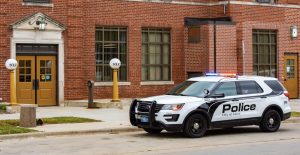


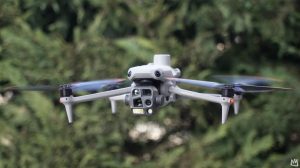


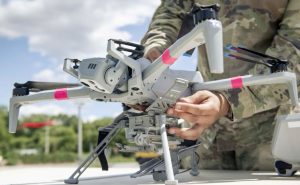

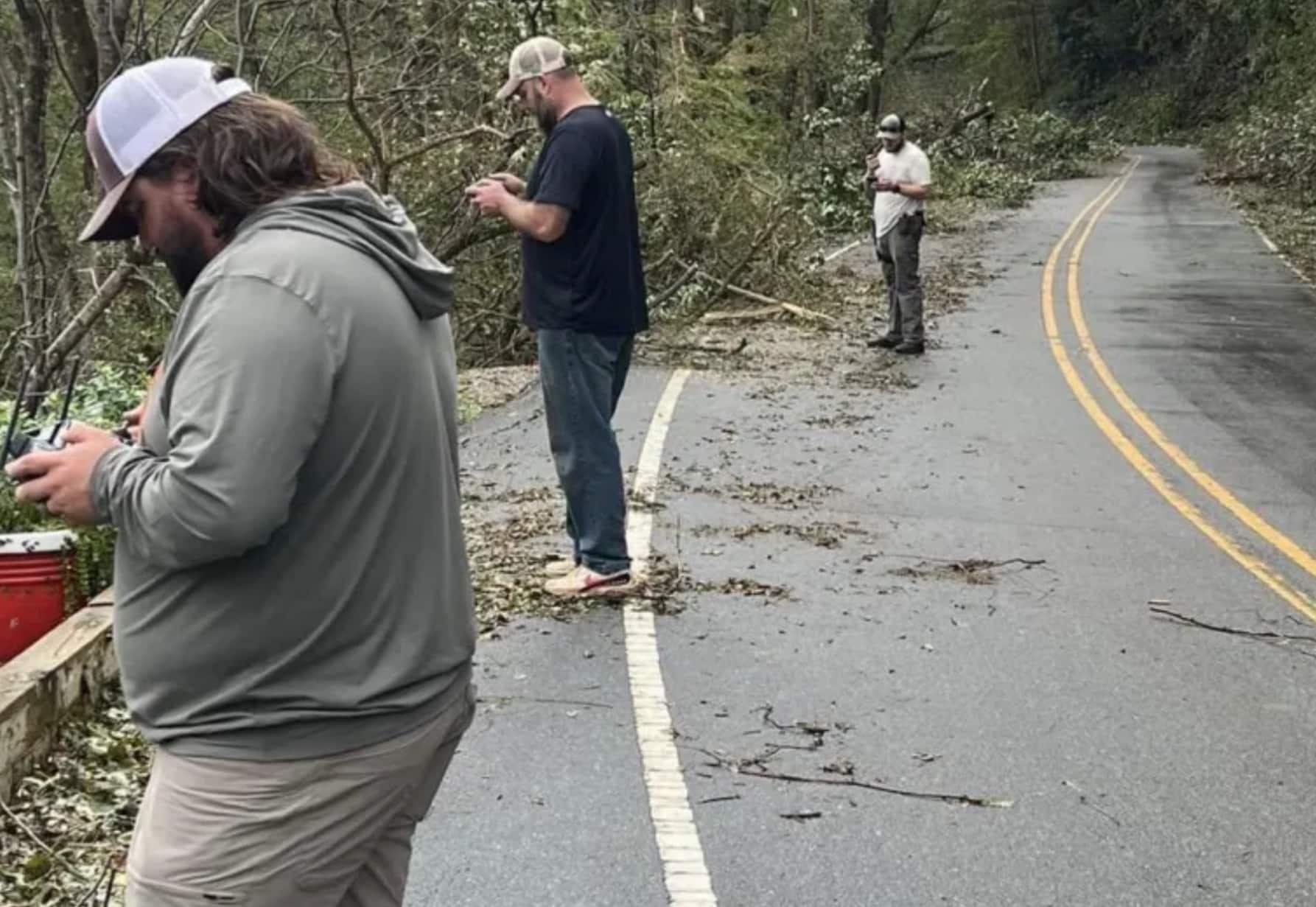






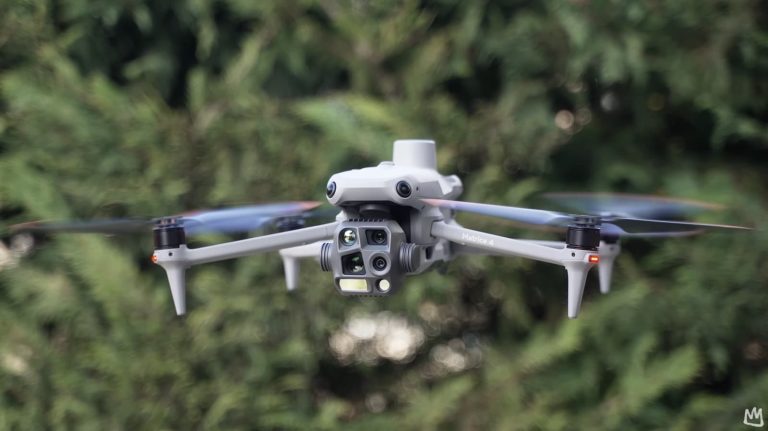

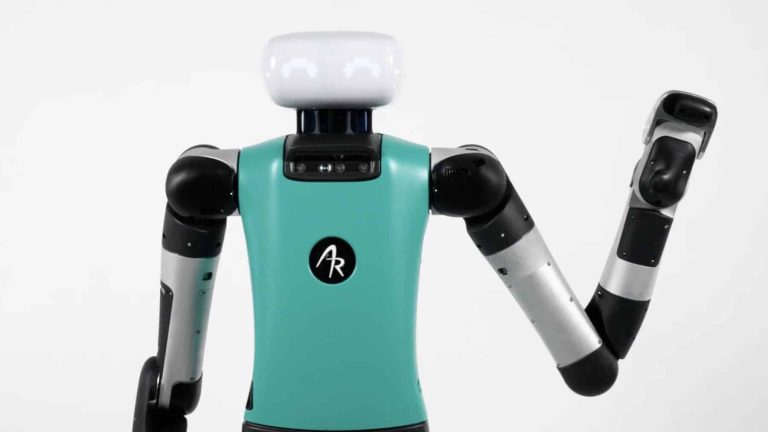

+ There are no comments
Add yours